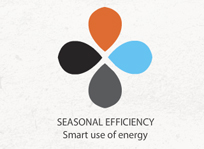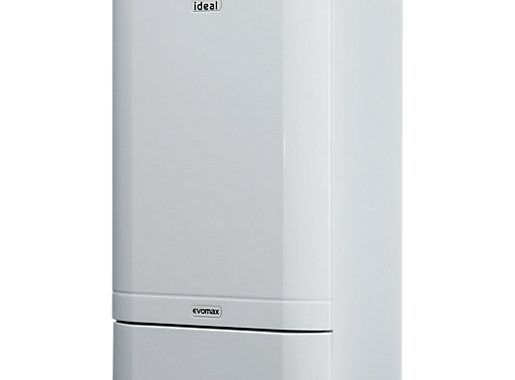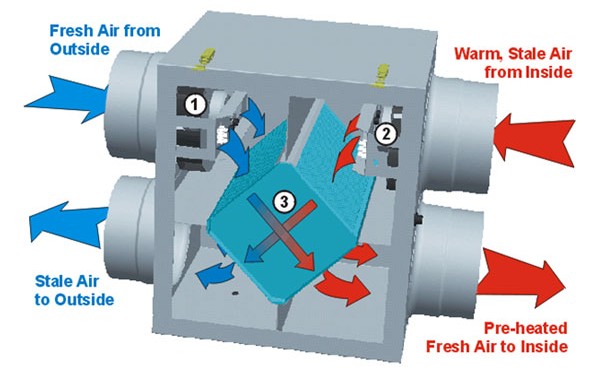
Until 2013, the air conditioning industry used a ‘nominal’ ratio for cooling (EER) and heating (COP) but this resulted in a significant gap between predicted performance and what is actually achieved. Nominal efficiency gives an indication of how efficient an air conditioner is when operating at full load in nominal conditions (not often achieved). To rectify this, a more accurate method – the ‘seasonal efficiency’ ratio (SEER) – has been developed, which gives a better measure of the real-life energy efficiency of systems.
The new seasonal energy efficiency ratio (SEER) takes into account a number of factors, which together provide a much more realistic view of energy efficiency in real life conditions, including:
[ul style=”2″] [li]Energy performance in different climate zones [/li] [li]Efficiency at partial load capacity as well as full load [/li] [li]Energy consumption in auxiliary and stand by modes [/li] [li]Different load requirements through the seasons[/li] [/ul]The new method of rating this energy efficiency is driven by the EU’s Energy Related Products (ErP) Directive which specifies the minimum requirements that manufacturers must integrate into their energy-using products by 2013.
Seasonal Efficiency demands a new rating system for heating and cooling products, which must be used by all air conditioning manufacturers. These are:
[ul style=”3″] [li]The Seasonal Energy Efficiency Ratio (SEER) value in cooling [/li] [li]The Seasonal Coefficient of Performance (SCOP) value in heating [/li] [/ul]SEER and SCOP measure annual energy consumption and efficiency in typical day-to-day use. In the longer term, they take into account temperature fluctuations and standby periods to give a clear and reliable indication of the typical energy efficiency over an entire heating or cooling season.
When purchasing your new or replacement air conditioning systems, ask your installer about complying with the ErP. As a result, they are more energy efficient and therefore emit fewer CO2 emissions.








